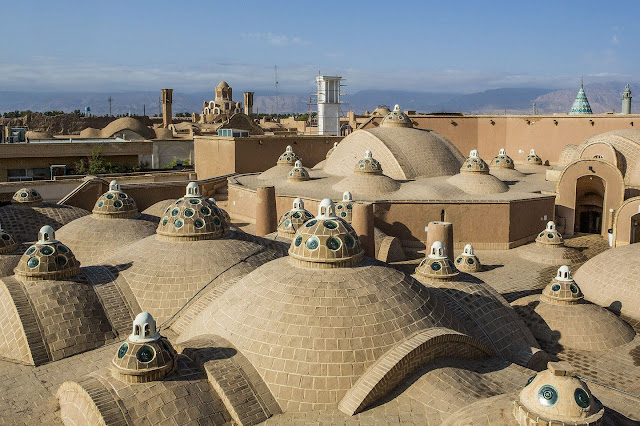Khalil Oghab (خلیل عقاب) was born in Shiraz in 1924. During his younger years he was active in Varzesh’e Bastani and subsequently became involved in strongman shows. He was the founder of the first strongman show in Iran that charged an admission and included other acts such as music, acrobatics and animal tricks. He was also the first man to bring back lions and bears from India for trained animal acts. During the 60s Khalil Oghab performed in Tehran in venues such as Amjadieh Stadium in front of crowds estimated as high as 50,000 people and entertained the crowd with acts such as bending metal beams, wrapping iron rods around his wrist, and supporting the weight of 20 passing cars over his legs and chest.

He was courted by various film producers for performing in theaters or on television. He eventually appeared in 21 movies with various other film projects never being completed. Khalil Oghab toured various towns and provinces of the country and after achieving many domestic honors, in 1970 he accepted an invitation from Japan to appear on television. Subsequently he moved to Ireland in 1971, England in 1972 and then Italy, mainly appearing in circus acts. He spent approximately 20 years in various European, African and Central American countries performing shows until finally establishing a circus in Italy called Iran and Italy. He set many records in Europe such as lifting a 1,400 kilogram elephant with his feet or carrying a 450 kilogram weight with his teeth. According to his own admission, for five years Khalil Oghab lifted two elephants on a daily basis.

In 1991, upon receiving a government invitation, he returned to Iran with his traveling circus that toured the country. His circus contained 60 performers from countries such as Italy, Romania and Portugal. Also Khalil Oghab’s two children, Shahrzad and Ibrahim, accompanied him on these tours and in fact were active participants in the shows. In turn Ibrahim started his own circus in 2010 for which he invited many foreign based Iranian performers to take part in.
He passed away in 2023 at the age of 99.


.jpg)












